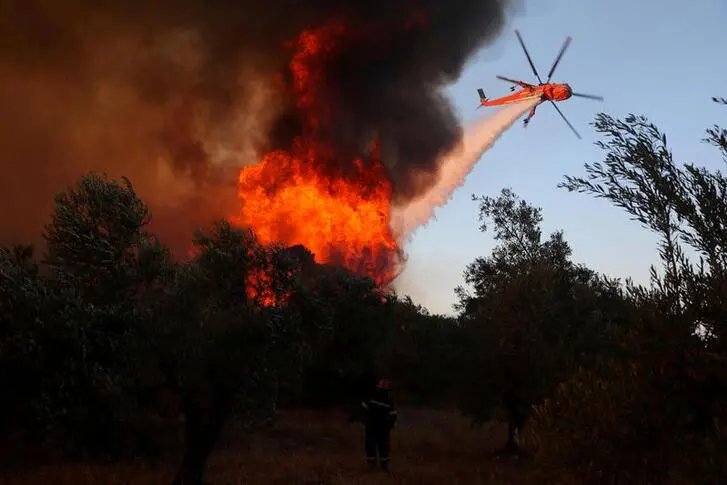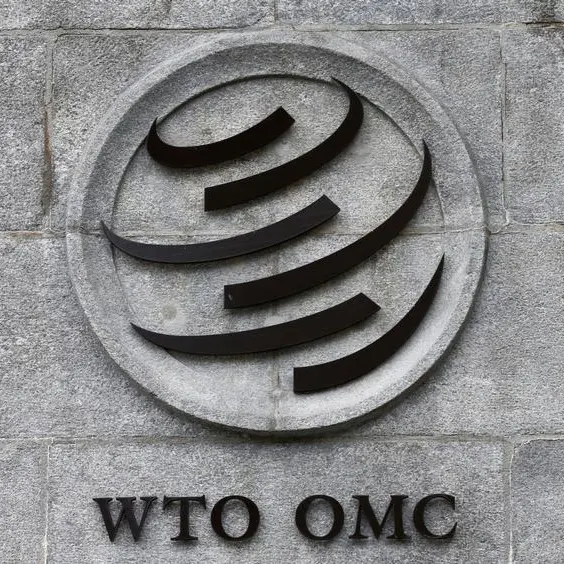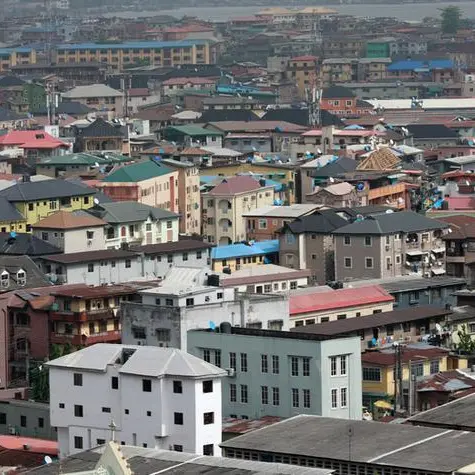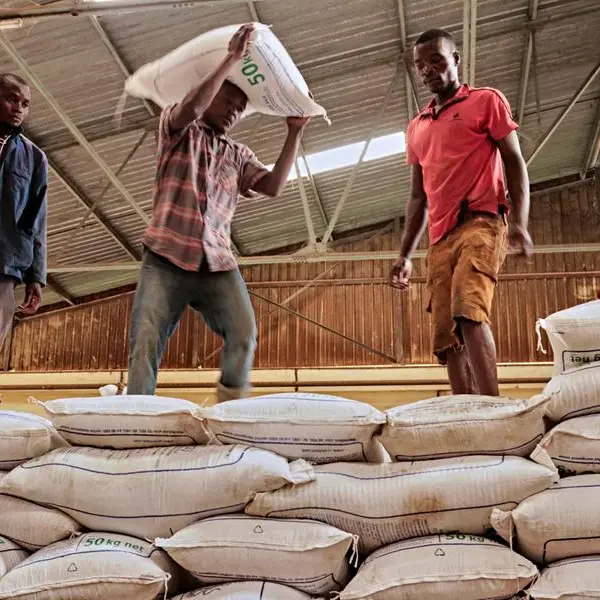PHOTO
The last few weeks have seen the now-familiar sight of vast swaths of Siberian forests burning, while temperatures across the Arctic soar, setting new records practically every day. On June 20, for the first time in recorded history, a Siberian town saw a high of 38 degrees Celsius — a good 18C above normal for the season.
The heat has fanned wildfires, which last month released 59 million tons of carbon dioxide, another record for the region. Experts estimate that the Arctic region is warming twice as fast as rest of the world, setting a worrying trend for the way climate change is headed, mainly because of rapidly melting icecaps in the polar region, which could lead to a sharp rise in sea levels.
Rewind to March and April and the global media was replete with images, videos and articles on how water and air pollution levels had dropped dramatically and that, for the first time in living memory, nature was beginning to flourish again. There were surprising images of crystal-clear lakes and bright blue skies as pollution levels dropped to levels not seen for at least three decades.
Pollution had dropped due to the unprecedented lockdowns put in place practically all over the world in response to the coronavirus disease pandemic. The pristine views showed the world, and its leaders in particular, what the planet could look and feel like if humanity managed to curb its polluting activities.
At the time, several environmental organizations exhorted political and business leaders all over the world to use the lockdowns, tragic as they might have been, as an opportunity to reset our lifestyle, the way we run our companies and manage our economies. There was frequent talk that, when the lockdowns ended and normal economic activities and normal life resumed, it would be the ideal occasion to go as green as possible in all our activities — industry, transport, agriculture and leisure. As each government opened its war chest to help businesses and the most vulnerable sections of society, there were numerous appeals made by environmental activists that leaders ought to include strict conditions, making the trillions of dollars of aid dependent on drastic cuts in emissions and a major shift toward a green economy.
The timing was indeed ideal and perhaps unique, not just in a generation but in centuries. Never before had nearly all the polluting activities of human beings the world over come to a complete halt. It is difficult to envisage another occasion that could present such a similar opportunity. Gains could have been made across different sectors of the economy since, for most companies, especially those in the industrial and transport sectors, entire processes had to be changed, with machines that had not been used for several months having to be cleaned and tested before being restarted. Thus, it took several weeks or even months for industry to restart normal production.
This was an ideal opportunity for companies to replace their old machines with something newer and greener. And, even if they did not or could not change the machines, they could definitely have given them a thorough assessment to see how to make small gains in terms of pollution and emission levels.
Unfortunately, the world over, no government bailout plans were tied to making companies adopt greener manufacturing or business practices. Little wonder then that, within weeks of lockdowns being eased and business activities resuming, pollution levels had begun spiking again. In most places, they were racing back to their pre-lockdown levels. The same is bound to be repeated as business fully resumes in more countries across the world.
However, this is not the first time that human beings, especially governments and business leaders, have missed an opportunity to clean up their act: A similar, though very different and much smaller, window of opportunity presented itself following the global financial meltdown of 2008. Then, as now, governments, especially those in the Western world, spent hundreds of billions of dollars bailing out businesses, saving jobs and boosting economies. Just like today, no government leader or business magnate thought of investing that money in a way that not only made their companies financially strong, but also made them sustainable by cutting carbon emissions and pollution levels. Indeed, global warming had already become a real challenge and scientists had been warning government leaders about the urgent need to take corrective measures. Back then, as now, the warnings were not heeded and pollution levels and global warming continued to increase sharply.
During the 13 years to 2018, carbon dioxide emissions from fossil fuels rose about 15 percent, from 32 billion tons to 37 billion tons. This was during a period when most developed countries had already committed to cutting their emissions from the 1990 levels. This year, there was a prediction that global carbon emissions could fall by 2.5 billion tons due to the lockdowns but, with the way economies have been revived with scant regard for pollution, it would not be a surprise if emissions continued their upward march, just as has been the case for every year since the industrial age began.
Each economic crisis brings new opportunities for mankind to think about and review its approach toward nature and natural resources. However, each time nature or our own errors give us a reason to pause and review, instead of changing our priorities and learning from past behavior and its impact on the planet, we continue to go downhill faster than ever before, straight into the fires that global warming is causing.
- Ranvir S. Nayar is the editor of Media India Group, a global platform based in Europe and India that encompasses publishing, communication and consultation services.
Copyright: Arab News © 2020 All rights reserved. Provided by SyndiGate Media Inc. (Syndigate.info).












